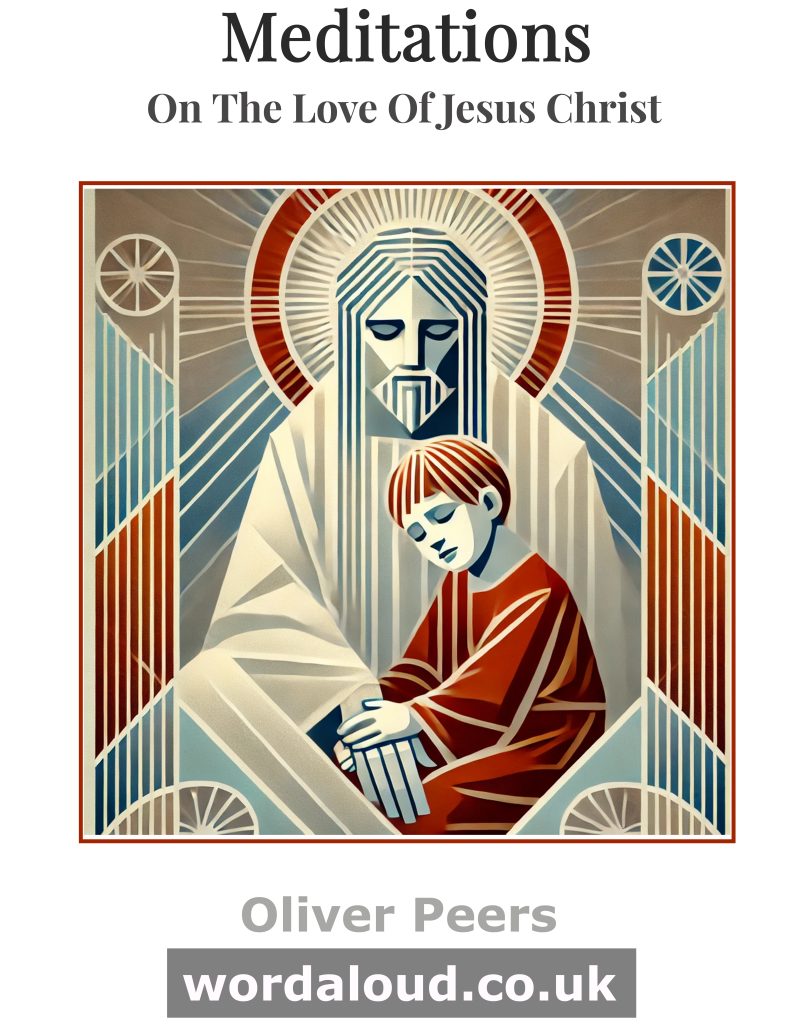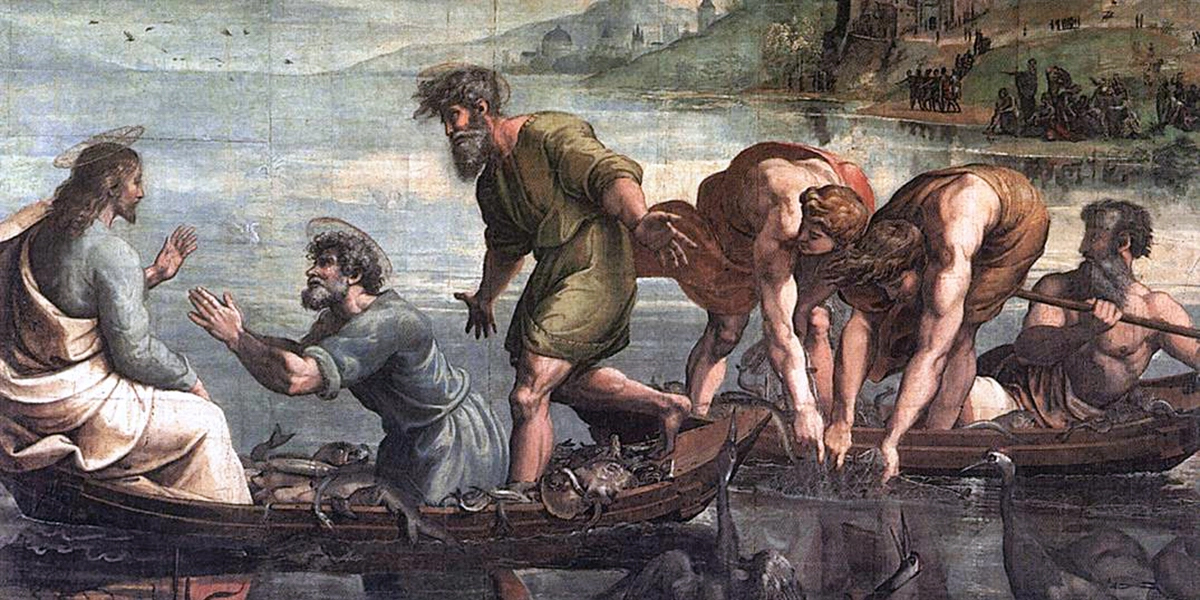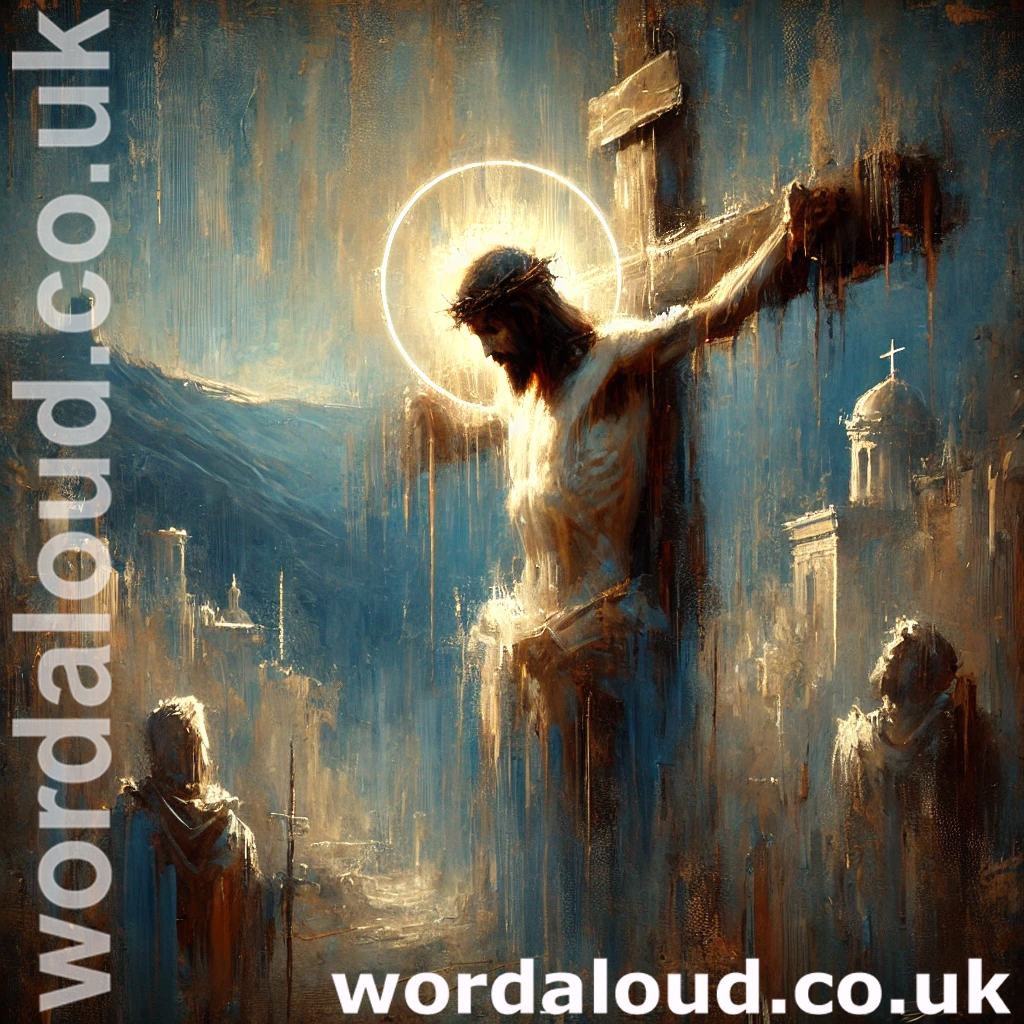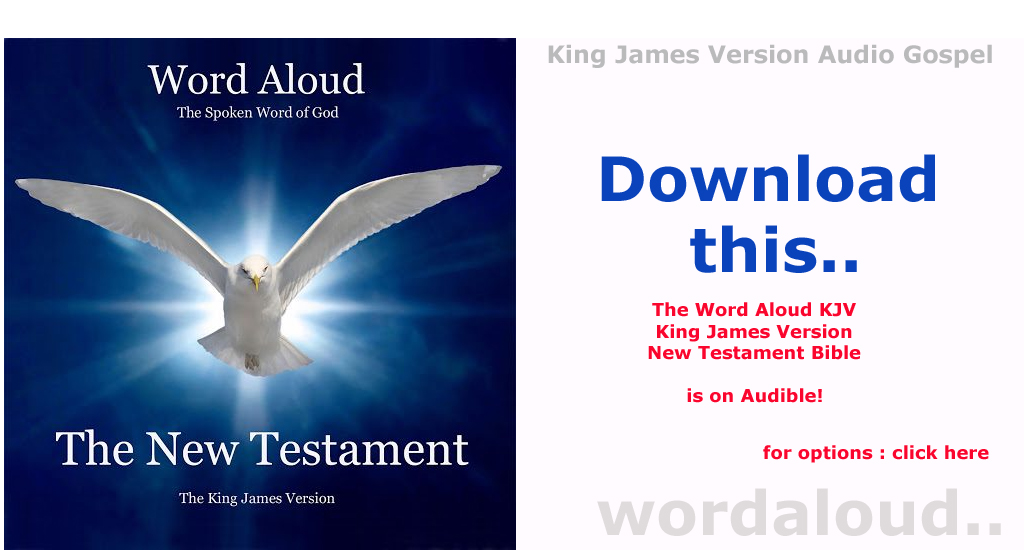Jesus Crucified | Exaltation Of The Holy Cross
Office Of Readings | Exaltation Of The Holy Cross | A Reading From The Homilies Of Saint Andrew Of Crete | The Glory And Exaltation Of Christ Is The Cross
‘We are Christians and appointed leaders.’
Saint Andrew of Crete describes the Cross as both the lowest point of human suffering and the highest point of divine action. He frames the Cross as the moment in which apparent defeat is revealed as the means of victory, and where humiliation becomes the setting of glory. This tension is already present in the New Testament: Paul declares that the Cross is ‘foolishness’ to the world yet the ‘power of God’ for salvation (1 Corinthians 1:18), while John’s Gospel presents the crucifixion as the very moment of Christ’s exaltation (John 12:23–32).
For Andrew, the Cross is indispensable. Without it there would be no crucifixion, no outpouring of blood and water from Christ’s side, no cancellation of the ‘legal bond’ of sin, no freedom from death, and no access to paradise. What appears to be a moment of loss is, in his account, the very condition for salvation’s restoration. In this way, the Cross functions as both a sign of human judgement and a source of divine mercy.
The Cross is also described as a ‘trophy’. In Roman culture, trophies were erected on battlefields to signify victory. Andrew applies this imagery to the crucifixion, showing how the very instrument intended by the empire to crush and humiliate becomes the place where Christ conquers death and overthrows the powers of evil (cf. Colossians 2:15). Suffering, instead of nullifying Christ’s mission, brings it to completion.
Equally significant is Andrew’s use of language drawn from worship and theology. He speaks of the Cross as both ‘sign’ and ‘salvation’, both ‘cup’ of suffering and ‘glory’ of triumph. These paired images reflect a central Christian conviction: what is experienced as weakness in human terms reveals divine strength. On the Cross Christ is immobilised, yet through this very stillness he brings freedom; he is stripped of honour, yet it is there that the Father glorifies him.
Andrew also stresses the movement from earth to heaven. The Cross, planted in the ground, lifts believers with Christ beyond sin towards eternal life. This upward movement is possible only because Christ first descended into the depths of death. The vertical structure of the Cross itself becomes an image of mediation, joining what is lowly with what is divine.
Andrew presents the Cross as the place where human expectations are overturned. Death gives rise to life, loss to restoration, judgement to forgiveness, and suffering to victory. His meditation reflects a long tradition in which the Cross is not understood in one dimension only but as the convergence of opposites through which the mystery of salvation is disclosed.

A Reading From The Homilies Of Saint Andrew Of Crete | The Glory And Exaltation Of Christ Is The Cross
We are celebrating the feast of the cross which drove away darkness and brought in the light. As we keep this feast, we are lifted up with the crucified Christ, leaving behind us earth and sin so that we may gain the things above. So great and outstanding a possession is the cross that he who wins it has won a treasure. Rightly could I call this treasure the fairest of all fair things and the costliest, in fact as well as in name, for on it and through it and for its sake the riches of salvation that had been lost were restored to us.
Had there been no cross, Christ could not have been crucified. Had there been no cross, life itself could not have been nailed to the tree. And if life had not been nailed to it, there would be no streams of immortality pouring from Christ’s side, blood and water for the world’s cleansing. The legal bond of our sin would not be cancelled, we should not have attained our freedom, we should not have enjoyed the fruit of the tree of life and the gates of paradise would not stand open. Had there been no cross, death would not have been trodden underfoot, nor hell despoiled.
Therefore, the cross is something wonderfully great and honourable. It is great because through the cross the many noble acts of Christ found their consummation – very many indeed, for both his miracles and his sufferings were fully rewarded with victory. The cross is honourable because it is both the sign of God’s suffering and the trophy of his victory. It stands for his suffering because on it he freely suffered unto death. But it is also his trophy because it was the means by which the devil was wounded and death conquered; the barred gates of hell were smashed, and the cross became the one common salvation of the whole world.
The cross is called Christ’s glory; it is saluted as his triumph. We recognise it as the cup he longed to drink and the climax of the sufferings he endured for our sake. As to the cross being Christ’s glory, listen to his words: Now is the Son of Man glorified, and in him God is glorified, and God will glorify him at once. And again: Father, glorify me with the glory I had with you before the world came to be. And once more: ’Father, glorify your name.’ Then a voice came from heaven: ‘I have glorified it and will glorify it again.’ Here he speaks of the glory that would accrue to him through the cross. And if you would understand that the cross is Christ’s triumph, hear what he himself also said: When I am lifted up, then I will draw all men to myself. Now you can see that the cross is Christ’s glory and triumph.
Christian Prayer With Jesus
Lord Jesus Christ,
you accepted the Cross,
turning an instrument of death into the means of life.
Through your suffering you brought victory,
through your humiliation you brought glory.
Lift us up with you,
that we may leave behind sin and share in your triumph.
Help us to walk the way of the Cross with faith,
and to find in it the path to resurrection and eternal life.
You live and reign with the Father and the Holy Spirit,
one God, for ever and ever.
Amen.
Glossary Of Christian Terms
Exaltation of the Holy Cross – a feast celebrated on 14 September, commemorating the discovery of the True Cross by St Helena and the dedication of the Church of the Holy Sepulchre in Jerusalem, as well as the saving power of Christ’s crucifixion.
Trophy – in Roman usage, a monument marking victory in battle; in Christian theology, used to describe the Cross as the sign of Christ’s triumph over sin, death, and the devil.
Blood and water – the flow from Christ’s side (John 19:34), interpreted as symbols of the sacraments (Eucharist and Baptism) and of the Church’s birth.
Legal bond of sin – a phrase drawn from Colossians 2:14, signifying humanity’s debt under sin and the law, cancelled through Christ’s death on the Cross.
Cup – an image taken from the Gospels (e.g. Mark 10:38; 14:36), referring to the suffering and death Christ willingly accepted.
Glory – in John’s Gospel especially, the term refers not only to Christ’s resurrection and exaltation, but also to his crucifixion, where divine love is most fully revealed.








